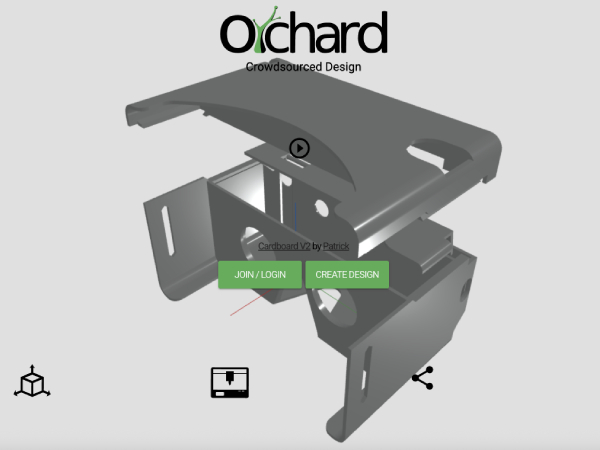Orchard

Orchard is an online platform that lets users build, share, and download 3D models. It includes built-in CAD-style tools so you can create models from scratch, or you can use vendor-supplied or community models.
How Architects Use It
- Use vendor models / prebuilt components to speed up rendering scenes, furniture layouts, fixtures, or modular parts of building interiors.
- Build simple 3D models for schematic visualisations — massing, furniture layout, quick mockups, or studying form.
- Share models or download models contributed by other users to populate context (vegetation, furniture, objects) in presentations.
- Use it as a library source: rather than modeling every small element, pull in existing items to reduce modeling time.
- Experiment with ideas and layouts in 3D without needing full standalone CAD / modeling software.
Strengths
- Large library of vendor/contributed models means less modeling required for standard objects and fixtures.
- Easy to access from browser; minimal setup. Good for quick visualisation or mockups.
- Helps speed up early-phase work (presentations, context, furniture) by reusing shared content.
- Useful for collaboration or sharing models visually, especially for non-technical stakeholders.
Things to Watch
- Model fidelity and detail may vary; vendor/contributed models may not always meet high detail standards or may require tweaking.
- Browser-based tools may perform less well with very large or complex models or high scenes with many parts.
- Compatibility: exporting into other tools (CAD, BIM, renderer) may need cleaning or adjustments of models.
- Less control over parametric or technical features (materials, texture consistency, metadata) relative to more full-featured modeling tools.
- Licensing / usage of vendor or community models: ensure permissions match your project’s needs (commercial use, modifications).
Why It Matters for Architects
Orchard matters because it fills a niche in accelerating visualisation and component modeling. Rather than building every element from scratch, architects can draw on community and vendor models to populate interiors, context, or object detail quickly. That saves time in presentation, helps explore layout ideas faster, and allows better focus on architectural form, spatial relationships, and communication with clients. It reduces repetitive work, helps integrate visual content early, and supports rapid iteration.